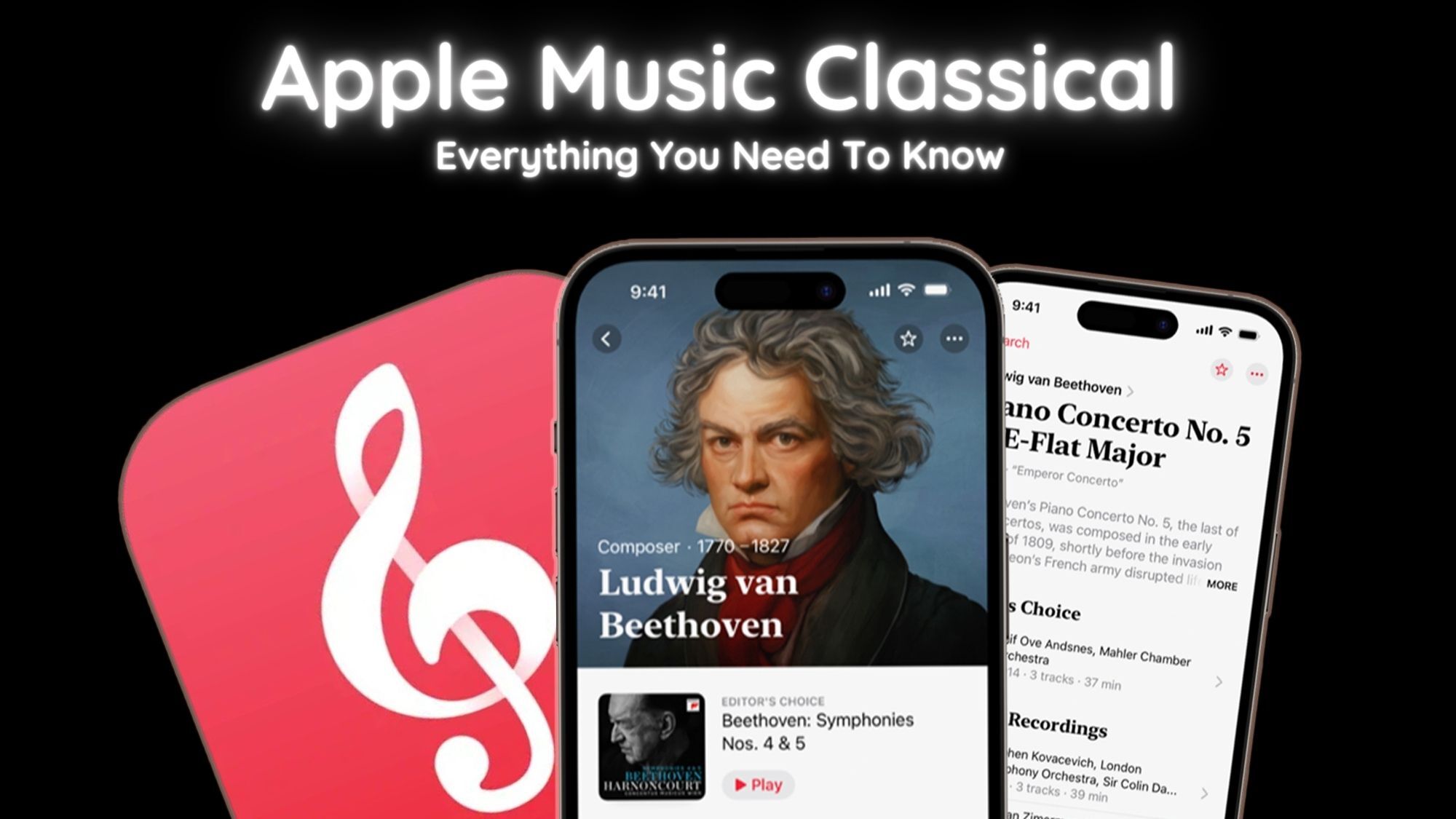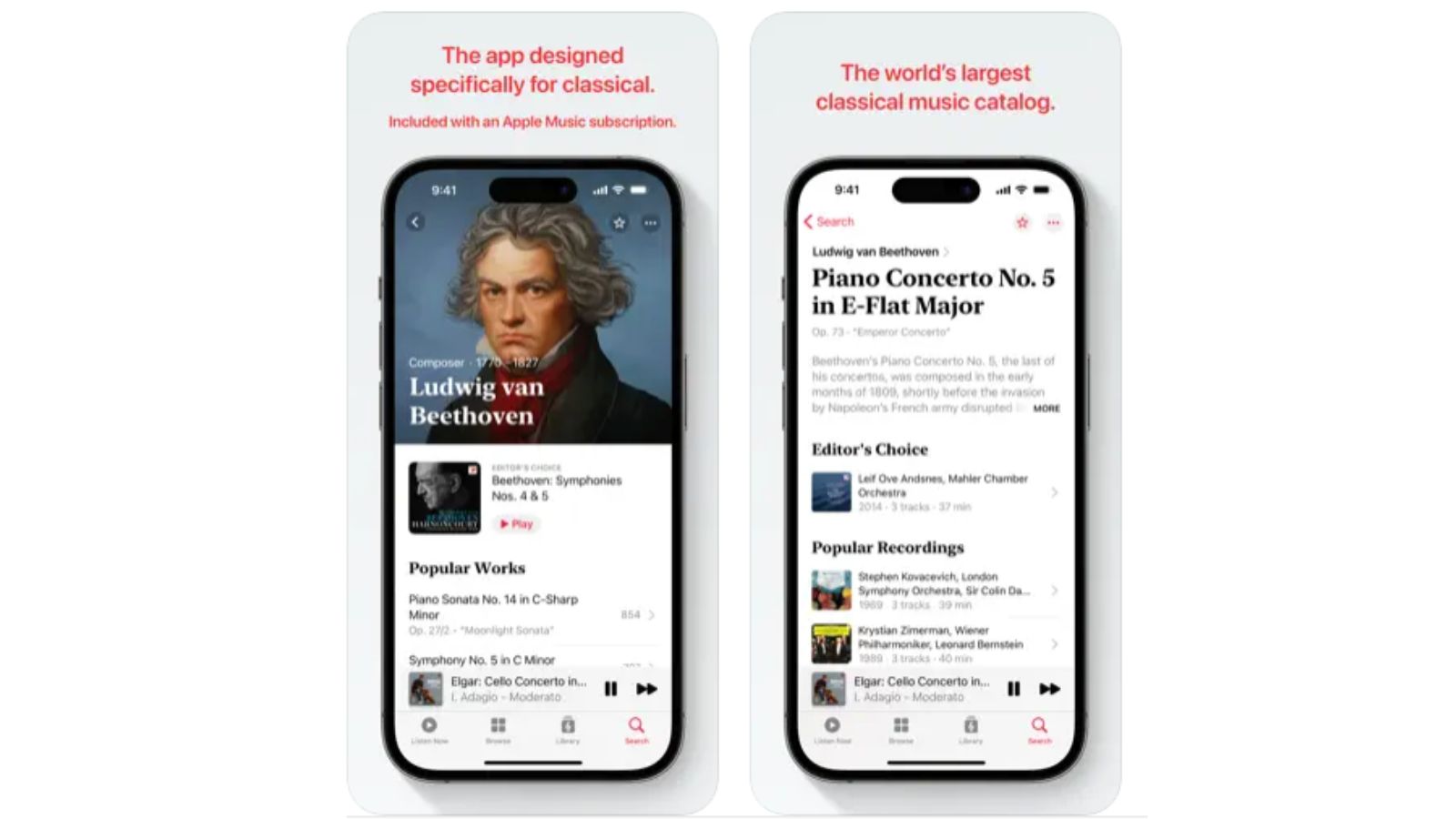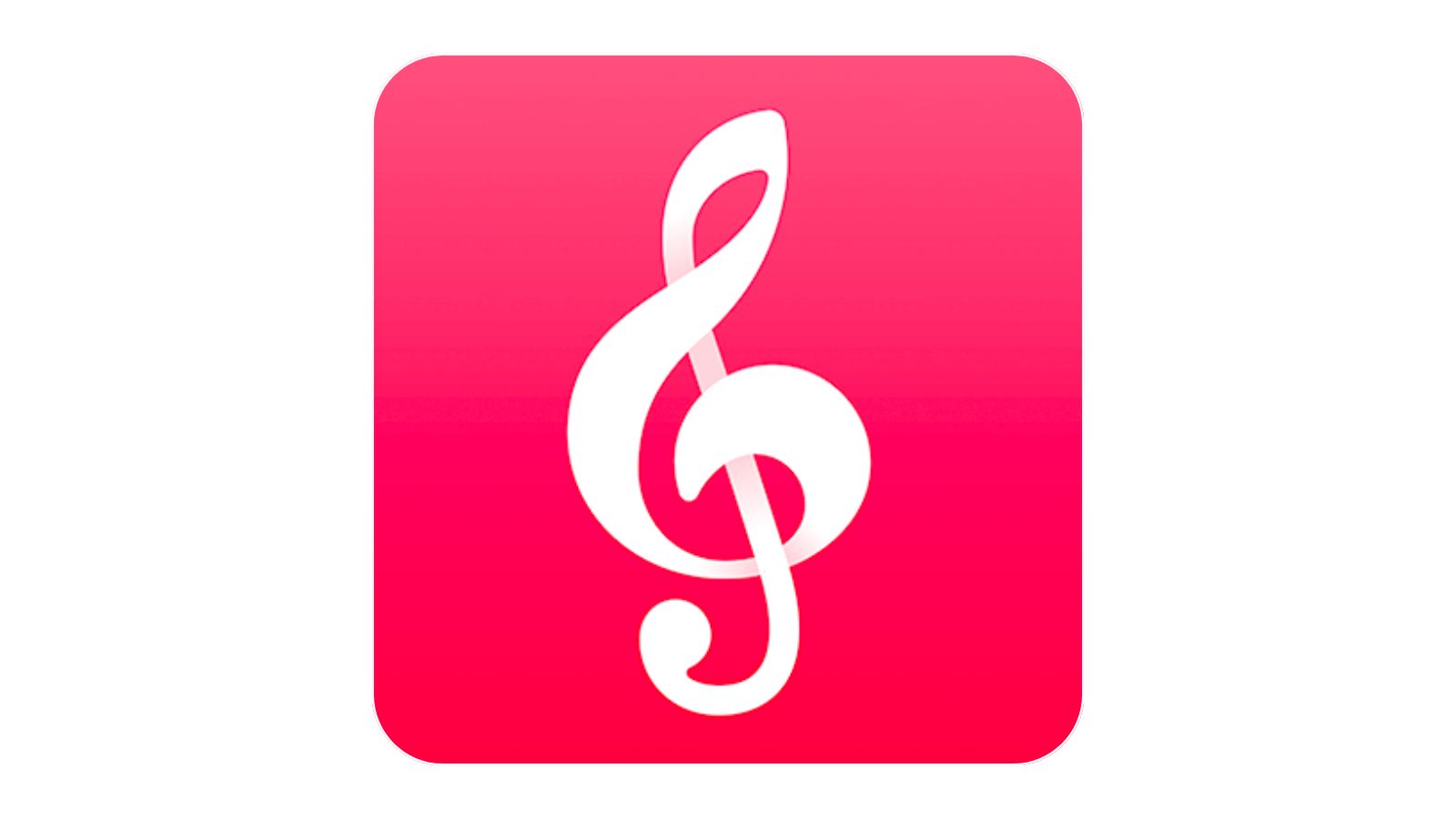Apple Music Classical: everything you need to know
It's looking pretty good, too.

Around two years ago, Apple bought the classical music streaming platform PrimePhonic. Since that day in 2021, however, there has been relative silence from the Cupertino company. Apple Music has retained its classical music library, there have been no extra panes in the Apple Music app dedicated to the genre, and there has been no sign of a new app arriving in the app store.
Until now, that is. An app store entry has appeared out of nowhere, followed closely by a new Twitter page dedicated to the service. It has been a long time coming, but Apple Music classical is on the way: and here is what we know.
Apple Music Classical: Release date
Apple Music Classical has a release date now – and it’s March 28th. You can ‘preorder’ the App from the app store as well so that it’s installed as soon as the app is released.
Apple Music Classical: Subscribing
If you’re already subscribed to Apple Music, then you won’t need to worry. It runs off the same $9.99 per month subscription, so you can use Apple Music Classical as soon as it is released. If you’re not subscribed to Apple Music, you’ll need to get that sorted.
Apple One subscribers will also get access to Apple Music Classical, as it links into the Apple Music segment of your subscription.
Apple Music Classical: Compatibility

it has been confirmed that Apple Music Classical will only be coming to iPhones. It will be compatible with iOS 15.4 or later, so all the best iPhones are going to work perfectly.
This does mean that the app is not coming (as yet) to iPad and MacOS. This is a big shame for classical music fans who want to listen on their laptops or tablets. This could also make it a little trickier to work into a connected HiFi system that might have a Mac Mini as its streaming core, which could annoy some. That’s not to say it won't come to the other Apple platforms, but as of yet, no dice.
iMore offers spot-on advice and guidance from our team of experts, with decades of Apple device experience to lean on. Learn more with iMore!
Apple also says that there is an Android app on the way, so users of the Google platform will be able to use the service as well.
Apple Music Classical: The headline feature

One of the biggest reasons why Apple is separating Apple Music Classical from the primary Apple Music Apple is library curation. With normal music, you only have to worry about the artist, album, and track title. There may be a couple of covers, but there are never enough to worry about not finding the right version.
Classical music is very different in this regard. Any one piece of music will have the original composer, and then many different versions of that piece by different orchestras, conductors, and even virtuosos playing certain parts of the track. There are a great many more search parameters that come into play with classical music that an app like Apple Music just can’t cater to.
Say, for example, that I want to listen to Prokifiev’s Romeo and Juliet. I would like to find the 1973 version by Andre Previn and the London Philarmonic orchestra, in particular. This is a recording that exists on Apple Music, but amongst searching for the title of the recording and sifting through other recordings and Mark Knopfler and Dire Straits tracks, it's super hard to find the piece I’m looking for. With Apple Music Classical I will be able to find this recording a whole lot easier, with different search parameters catered to the needs of classical music and its fans.
This is a very simple way of looking at the search, but for those more integrated into the classical music sphere, it looks like you’ll be able to search by Composer, Work, Conductor, Catalog number, and more. If you want to go even further in-depth, then there is a Twitter thread from user Jessie Char.
As a classically trained cellist, composer, former Apple employee, and CEO of a design studio that specialized in icon and UI design, I am ~uniquely qualified~ to comment on the Apple Music Classical app.March 11, 2023
This is one of the key areas that Apple Music looks to make listening to classical music a lot easier, and give classical music fans something to be excited about. After all, the last app that had this feature was PrimePhonic, which Apple closed down as fast as it bought the service in 2021. Since then, there has been nothing with this feature.
Apple Music Classical: Streaming bandwidth and music quality
You won’t find many more discerning music fans than classical music fans, so your streams have to be top-notch. Apple Music Classical looks to be as good as possible, with support for Apple Music Lossless and up 24bit 192kHz bitrates. This is going to make some audiophiles very happy, especially because you still don’t have to pay extra for the privilege.
Spatial Audio is also coming to Apple Music Classical, so you can really feel like you’re in the middle of the orchestra as they play your favorite tracks. This will only work with supported headphones mind you, and for best results, it's likely you’ll need a pair of AirPods. For those super high bitrate tracks, you might also need an external DAC, so if you’re serious about those then it may be worth looking a the best DACs for iPhone.
Apple Music Classical: What will it look like

It’s going to look like Apple Music, albeit with nothing but classical music on board. There will be no radio panel, and the now playing screen will feature an info tab instead of lyrics.
That info will go in-depth with composer and conductor bios, as well as detailed descriptions of the piece that you are listening to. If you’re looking to learn more about the classical music you love, this is a nice touch.
It’s also going to be a separate app from Apple Music, and there are worries from some that this could mean that Classical music is removed from the main Apple Music app. Hopefully, this doesn't happen, as Apple Music can make for an excellent gateway to classical music. To remove it would be to completely separate the library so that people who wouldn’t listen to classical music normally and don't have the app might not discover classical music, which feels not only like a blunder but a blow to music discovery as a whole.
Apple Music Classical: That logo

It’s a treble Clef! We at iMore quite like the logo, but there are some on Twitter and other places that aren’t such big fans. Either way, it’s the way that Apple Music Classical is going to look on our home screens for some time, so we’d all best get used to it.
Apple Music Classical: What we don’t know
One of the biggest ways that PrimePhonic shook the classical music streaming world was with the way that it paid its artists. The way it works in traditional streaming, for the most part, is that an artist is paid for a specific percentage of a track played. That could be twenty percent, for example, in which case an artist would get paid, for a four-minute song, every time someone reaches the 48-second mark. For traditional streaming and normal pop song lengths, this works well. For classical music, not so much.
Classical Music tracks can last for upwards of an hour sometimes, and to get paid for a stream of that track, a listener would have to get to the twelve-minute point. That is a lot longer for listeners to listen to. The way that PrimePhonic worked, however, made more sense for classical music. Artists are paid, instead, by the amount of time listened to. So in that hour-long track, you might get paid per minute. That way, even with very long works, you are still going to get paid, even if someone skips before the track is finished.
Apple Music Classical is yet to announce anything like this for the new app, so it would be nice to know whether this will be coming to the app. In the meantime, we’re excited to delve deep into the new app and listen to all of our favorite pieces on Apple Music Classical.

As iMore's Senior Staff writer, Tammy uses her background in audio and Masters in screenwriting to pen engaging product reviews and informative buying guides. The resident audiophile (or audio weirdo), she's got an eye for detail and a love of top-quality sound. Apple is her bread and butter, with attention on HomeKit and Apple iPhone and Mac hardware. You won't find her far away from a keyboard even outside of working at iMore – in her spare time, she spends her free time writing feature-length and TV screenplays. Also known to enjoy driving digital cars around virtual circuits, to varying degrees of success. Just don't ask her about AirPods Max - you probably won't like her answer.
